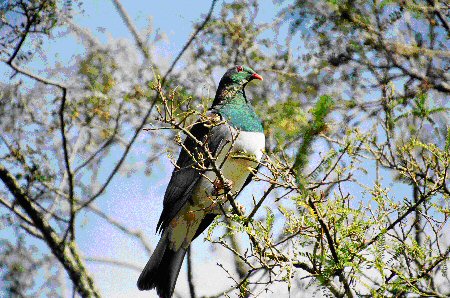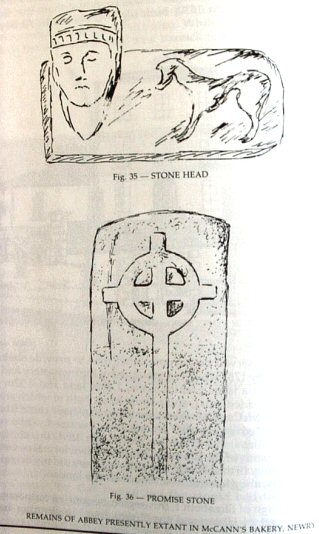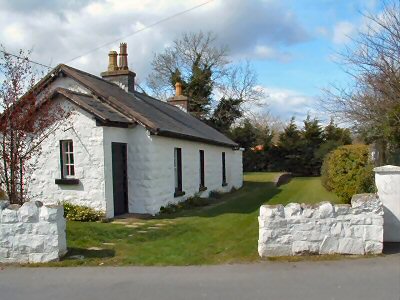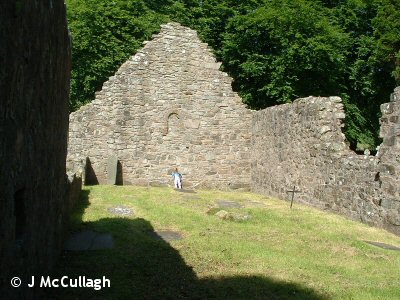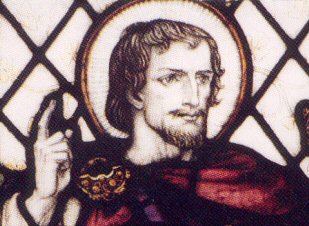Pre 1800
Abbey Newry History
Ballymoyer House: National Trust
The Ballymoyer House Demesne Was Extensive and Ornate
… Abbey Newry History …
Book of Armagh
Cormac Keenan/Johnson of The Fews
‘Cormac Keenan was heads’ man for Johnston of the Fews [that Priest, Tory and Raparee hunter, of whom the famous couplet was written,
O’Hanlon of South Armagh
O’Hanlon is a famous and illustrious name in South Armagh and the Newry area. The O’Hanlons were the most notable Catholic family in Newry in the eighteenth century when Hugh O’Hanlon settled in Mill Street.
He was a direct descendant of the ancient ‘lords’ of Orior and the son of Hugh Ruabh O’Hanlon of Killeavy and also a nephew of the celebrated Bard of Armagh, Dr Patrick Donnelly [D.D. Bishop of Dromore 1679-1716].
St Patrick
St Patrick was born a Roman-Briton and lived his early life near Bannaven Tabernia – which may have been in what today we call Wales, or Scotland or England. His name was Maewyn Succat but he took Patricius upon becoming a priest – a name signifying leader or elder of Roman society. He was the son of a civil servant and grandson of a Christian priest.
Cal Mor Caraher
The 18th century had its own crop of rapparees or highwaymen.
At the Summer Assizes of 1735 one Macklin, a famous horse-thief ‘went down the nine steps’, as was said in Armagh of those on whom the death penalty was passed. These led to the condemned cells below the Sessions House in Market Street.
Oliver Plunkett
Before he was himself raised to the Archbishopric of Armagh, Thomas O’Fiaich wrote about his illustrious predecessor Oliver Plunkett – one of only two Irishmen raised to sainthood by the Vatican [the other being Laurence O’Toole, church reformer of the late twelfth century].
